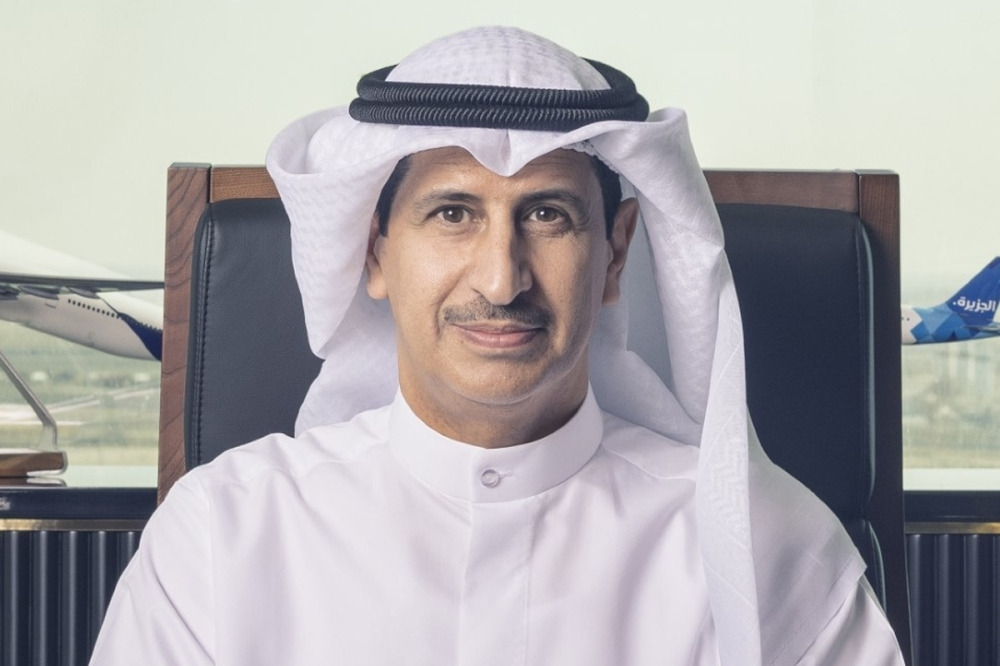Kuwait City: The Directorate General of Civil Aviation (DGCA) has confirmed that Kuwait International Airport’s third runway and new air traffic control tower will officially open on October 30, marking a major advancement in the nation’s aviation infrastructure.
Speaking to the Kuwait News Agency (KUNA), Engineer Saad Al-Otaibi, Deputy Director General for Planning and Projects Affairs at the DGCA, said the two projects will significantly enhance air safety levels and raise operational efficiency, representing a qualitative leap in the country’s air transport development.
Al-Otaibi explained that the DGCA has entered a new phase of infrastructure development as part of a comprehensive plan aimed at boosting airport performance, improving passenger services, and increasing state revenues. He noted that these efforts will strengthen Kuwait’s position as a regional hub for air traffic and logistics services.
He said the Authority’s integrated strategy is based on four key objectives: upgrading passenger services through infrastructure development, improving operational efficiency, increasing revenues through private sector involvement in airport operations, and training and qualifying national cadres to manage facilities in line with the highest international standards.
Among the ongoing projects, the third runway is one of the most prominent and longest in the world, measuring 4.58 kilometers. Its operation will mark a major milestone for the aviation sector, improving aircraft takeoff and landing capacity while enhancing overall air safety.
Al-Otaibi emphasized that this achievement was made possible with the support of Sheikh Hamoud Mubarak Al-Hamoud Al-Sabah, President of the DGCA, and acting Director General Duaij Al-Otaibi, as well as the combined efforts of all civil aviation departments.
He pointed out that the new air traffic control tower is equipped with the latest navigation systems and advanced technologies used in major international airports. The new tower will enable efficient air traffic management, capable of handling more than 600,000 takeoffs and landings annually, further enhancing Kuwait’s airspace capacity and boosting the national economy.
Al-Otaibi added that the airport development projects are part of the government’s broader vision to modernize the air transport system, supported by the country’s political leadership. He praised the leadership’s close supervision and continued support, which have helped overcome challenges and ensure timely progress.
The new projects are also expected to create more than 20,000 job opportunities for Kuwaitis in airport management, air navigation, and ground services. Additionally, the DGCA has launched a Future Leaders Program to train and prepare young national talents to lead the aviation sector in the future.
He noted that the successful operation of Terminal 4 (T4) by a global operator in 2018 set a strong example of how private sector participation can enhance service quality and improve operational standards.
Al-Otaibi also highlighted the ongoing construction of the new passenger terminal (T2), the largest project in Kuwait International Airport’s history, supervised by the Ministry of Public Works. He praised Minister of Public Works Dr. Noura Al-Mishaan and her team for their efforts to accelerate completion, stressing that the terminal will be a landmark architectural project comparable to the world’s top airports.
He further pointed out that the new Civil Aviation Authority Law represents a major reform in sector governance, separating oversight and operational roles to ensure transparency, efficiency, and alignment with International Civil Aviation Organization (ICAO) standards.
Al-Otaibi revealed that Kuwait International Airport recently achieved an ICAO security audit score exceeding international benchmarks by 88 percent, reflecting Kuwait’s commitment to aviation safety, innovation, and global excellence.
The inauguration of the third runway and new control tower on October 30 will mark a significant step forward in modernizing Kuwait’s aviation sector and positioning the country as a key regional air transport hub.










